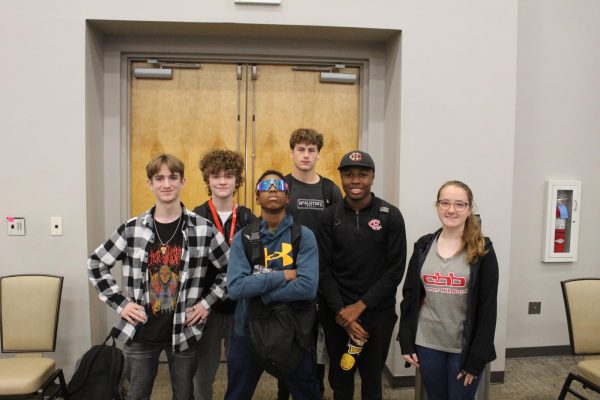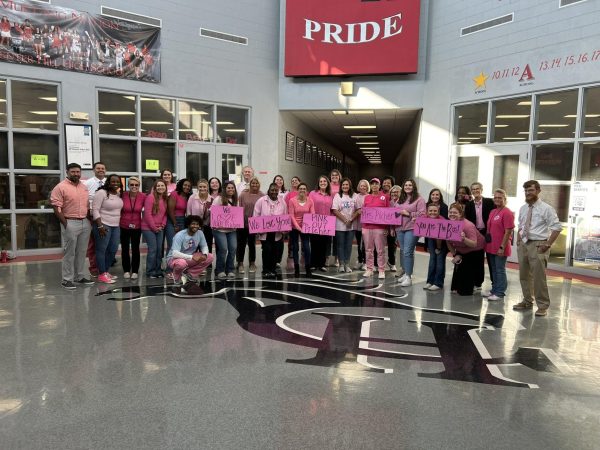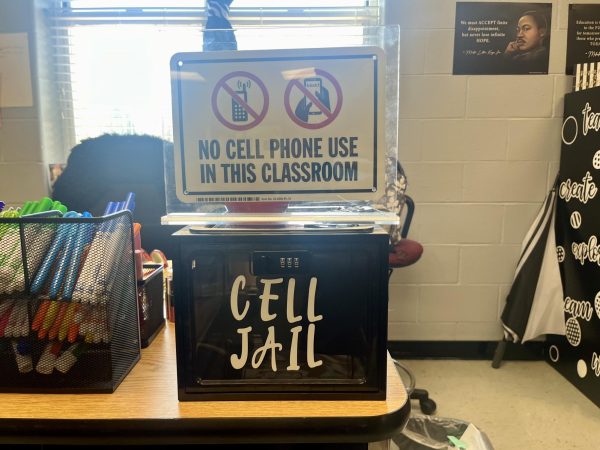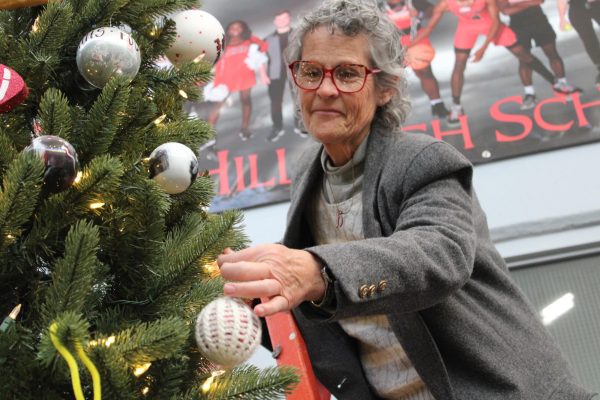Bomb threats shadow HBCUs during Black History Month
In February 1970, black educators and students at Kent State University celebrated the first Black History Month. Fifty two years later, during a month meant to celebrate and educate their history, black students and professors across the United States have faced bomb threat after bomb threat.
In February 1970, black educators and students at Kent State University celebrated the first Black History Month. Fifty two years later, during a month meant to celebrate and educate their history, black students and professors across the United States have faced bomb threat after bomb threat.
Historically black colleges and universities, otherwise known as HBCUs, refer to colleges and universities established before 1964, whose primary focus was to educate black Americans. According to the U.S. Department of Education, “HBCUs are a source of accomplishment and great pride for the African American community as well as the entire nation.” Despite this, there has not been a week this Black History Month without a bomb threat at a HBCU.
So far, at least twenty historically black colleges and universitie have received bomb threats this month, many of which were targeted February 1st, the very first day of Black History Month. Eight HBCUs also received threats in January, concentrating around Martin Luther King Jr. Day.
Luckily, no hazardous materials have been found on any of the targeted campuses. In a NBC News report from February 2nd, six juveniles have been identified as possible persons of interest by the Federal Bureau of Investigation (FBI), which views the threats as racially motivated.
While the FBI has described these juveniles as “tech-savvy,” students from the targeted HBCUs took to the tech world to express their fear and exhaustion on social media. TikTok in particular saw a wave of posts flooding users’ “For You Pages” (FYP) from black students and educators about the bomb threats. One Spellman University student emphasized the continuing nature of the threat, captioning her video, “When your HBCU is being threatened with another bomb on the 8th day of BHM.” Students, educators, friends, family, and allies have verbalized their disappointment on Twitter for the media’s lack of attention to these terrifying threats. If the weekly threats had been made towards a predominantly white institution (PWI), they propose, the crisis would be the headlining news across all platforms.
Many are questioning why this is happening, and what, if anything, it is leading to. There has been an outcry from students wanting urgency. The threats have disrupted the education of the thousands of students, which may very well be the overarching goal these threats hope to accomplish.
These attempts to intimidate HBCUs have been unsuccessful, and black students and educators are determined to achieve their academic goals now more than ever. Leaders of the affected HBCUs have made statements empowering the schools affected by these threats and are continuing black excellence.

Taylor is also involved in the Select Women’s Chorus and the Art Society.





